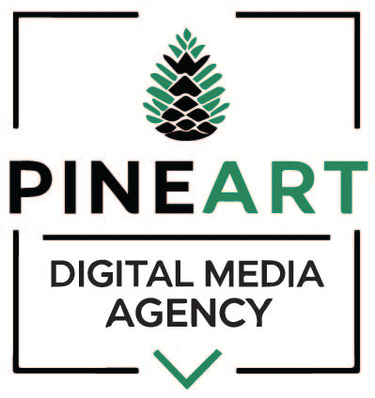Digital Marketing 101: A Glossary of Terms Every Business Owner Should Know
In today’s fast-paced digital landscape, understanding key marketing terms is crucial for making informed decisions and maximizing your online presence.
Sanober Ahmed
5/25/20252 min read
In today’s fast-paced digital landscape, understanding key marketing terms is crucial for making informed decisions and maximizing your online presence. Whether you’re launching a new business or optimizing an existing strategy, this glossary of essential digital marketing terms will help you navigate the industry like a pro.
1. SEO (Search Engine Optimization)
The process of improving your website’s visibility on search engines like Google. Key tactics include keyword research, on-page optimization, and backlink building. Why it matters: Higher rankings mean more organic traffic—no paid ads required!
2. PPC (Pay-Per-Click)
A paid advertising model where businesses pay each time a user clicks on their ad (e.g., Google Ads, Facebook Ads). Example: Running a Google Ads campaign for “best running shoes” and paying only when someone clicks.
3. CTR (Click-Through Rate)
The percentage of people who click on your ad or link after seeing it. Formula:
CTR = (Clicks ÷ Impressions) × 100Pro. Tip: A low CTR may mean your ad copy or targeting needs improvement.
4. Conversion Rate
The percentage of visitors who complete a desired action (e.g., purchase, sign-up).Example: If 100 people visit your site and 5 buy, your conversion rate is 5%.
5. ROI (Return on Investment)
Measures profitability from a marketing campaign. Formula: ROI = [(Revenue – Cost) ÷ Cost] × 100. Key Insight: A positive ROI means your campaign is profitable.
6. KPI (Key Performance Indicator)
Metrics used to track success, such as traffic, leads, or sales. Common KPIs: Website visits, bounce rate, social media engagement.
7. Landing Page
A standalone web page designed for a specific campaign (e.g., promotions, lead capture). Best Practice: Keep it simple with one clear call-to-action (CTA).
8. A/B Testing
Comparing two versions of a webpage, ad, or email to see which performs better. Example: Testing two different email subject lines to see which gets more opens.
9. CRM (Customer Relationship Management)
Software that helps manage customer interactions (e.g., Salesforce, HubSpot). Benefit: Tracks leads, automates follow-ups, and improves sales pipelines.
10. Algorithm (Social Media & SEO)
A set of rules that platforms use to rank content. Updates can impact visibility. Tip: Stay updated on Google & Facebook algorithm changes to adapt strategies.
11. Impressions
The number of times your content is displayed (even if not clicked). Vs. Reach: Reach counts unique viewers; impressions count total views.
12. Buyer Persona
A semi-fictional profile of your ideal customer based on market research. Example: “Sarah, 30, tech-savvy, shops online weekly.”
13. Retargeting
Showing ads to users who previously visited your site but didn’t convert. Why it works: Keeps your brand top-of-mind for potential customers.
14. Meta Description
A summary (160 chars) under your webpage’s title in search results. Pro Tip: Include keywords naturally to improve CTR.
15. Evergreen Content
Timeless content that stays relevant (e.g., “How to Tie a Tie”). Benefit: Drives consistent traffic without frequent updates.
16. Geotargeting
Delivering content/ads based on a user’s location. Use Case: A café promoting lunch specials to nearby offices.
Final Thoughts: Mastering these terms will help you communicate effectively with marketers, analyze campaigns, and make data-driven decisions. Bookmark this guide as your go-to digital marketing reference!


